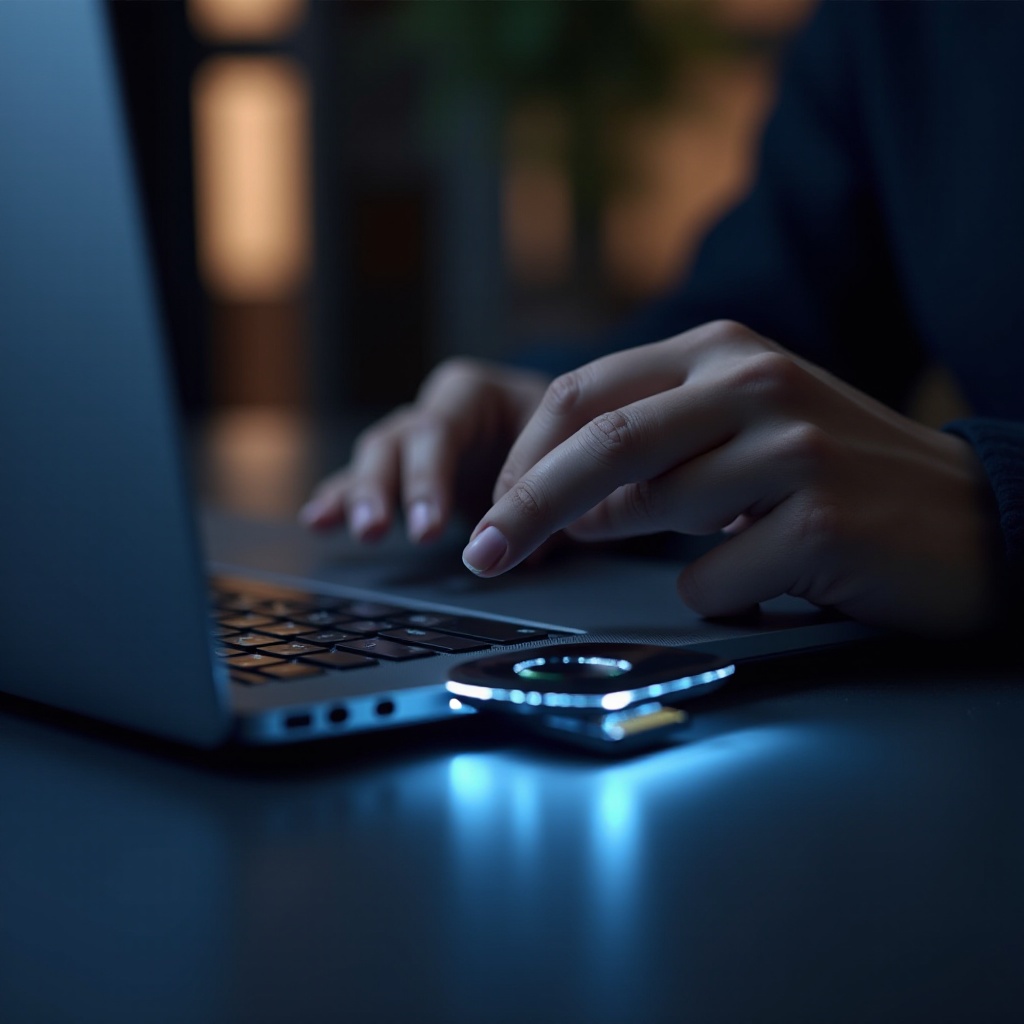Introduction
Your laptop serves as your digital connection to the world, but that connection can also expose you to risks. Knowing how to detect if your laptop is hacked is critical. Hackers can invade your privacy, steal sensitive data, and jeopardize your system’s performance. By recognizing the indicators, you can act swiftly to defend your laptop from further attacks. Educating yourself on the signs of hacking and appropriate countermeasures will empower you to protect your digital life.

Common Signs of a Hacked Laptop
Detecting signs of a hacked laptop is your first step in defense. Watch for these red flags:
- Unusual System Behavior: Sudden slowdowns or frequent crashes might indicate malware running behind the scenes.
- Pop-ups and Redirects: If you’re bombarded with pop-up ads or redirected to unfamiliar websites, you could be dealing with malware.
- Unauthorized Access Attempts: Unexpected permission requests or changes to security settings can signal unwanted activity.
- Increased Data Usage: Unexplained spikes in data usage could mean a hacker is remotely accessing your laptop.
Recognizing these patterns promptly can mitigate further damage, allowing you to effectively address potential threats.
Detecting Unusual Network Activity
Hacked devices often show unusual network activity, as hackers need constant access to exploit your system. Monitoring this activity can help you catch a breach.
- Unfamiliar Devices on Your Network: Connections from unknown devices are a red flag.
- Unusually High Network Traffic: Tools like Network Monitor can reveal unexpected traffic spikes.
- Slow Internet Connection: Without an obvious cause, a sluggish connection might indicate unauthorized access.
By closely observing your network behavior, you can spot potential intrusions and take action to secure your digital borders proactively.

Software and System Anomalies
Software anomalies are another indicator of a hacked laptop. Malware can disrupt software and cause system anomalies:
- Disabled Security Software: If your antivirus or firewall is unexpectedly disabled, malware could be responsible.
- Suspicious Files or Programs: Discovering unauthorized software on your laptop is a clear sign of infiltration.
- System Settings Changes: Unexplained changes in system settings might arise from malicious software updates.
These anomalies interfere with your system’s normal function, suggesting your laptop may be compromised.
Steps to Confirm Your Laptop Is Hacked
Upon suspecting hacking, confirming the breach is vital before taking further action. Follow these steps to verify:
- Run Antivirus Software: Use trusted antivirus tools to scan for and remove viruses and malware.
- Check for Strange Programs: Examine your installed programs and uninstall anything suspicious.
- Review System Logs: Analyze logs for unusual activities, such as unauthorized logins.
- Assess Network Traffic: Use network analysis tools to detect unusual or unauthorized behavior.
- Conduct a Security Audit: Have a professional assess your laptop to confirm a security breach.
Following these steps helps verify any suspicions, equipping you with the details needed before advancing.

Immediate Actions to Take If You Suspect a Hack
If you verify a breach, taking immediate action is crucial to restrict damage and secure your system:
- Disconnect from the Internet: Cut off network connections to halt any further external access.
- Back Up Important Files: Secure crucial data to avoid potential loss.
- Change Your Passwords: Update passwords, emphasizing strong, unique combinations.
- Update Software: Install pending security updates for your OS and applications.
- Consult a Professional: Engage cybersecurity experts to handle severe threats and restore your system’s integrity.
Swift, decisive actions can limit the hacker’s impact and restore your laptop’s safety.
Preventive Measures for Future Protection
Safeguard your laptop from future hacking attempts with these preventive measures:
- Install Security Software: Use comprehensive security suites that include antivirus, firewall, and anti-spyware.
- Regularly Update Software: Keep your software updated to patch vulnerabilities.
- Use Strong Passwords: Employ unique, complex passwords for all accounts and enable two-factor authentication.
- Beware of Phishing: Be cautious about suspicious emails and messages.
Adopting these measures will arm you with a robust defense against potential hacks.
Conclusion
Recognizing a hacked laptop’s signs and acting promptly are crucial skills in today’s digital landscape. Understanding unusual laptop behaviors, tracking network activities, and taking immediate actions can protect your data and privacy. Empower yourself with preventive measures to safeguard your laptop from future threats, ensuring a secure digital experience.
Frequently Asked Questions
What should I do first if my laptop is hacked?
First, disconnect from the internet to stop ongoing remote access. Conduct an antivirus scan to clean your laptop from malware. Change all your passwords, ensuring they are strong and secure.
How can I protect my laptop from future hacks?
Install strong security software and keep it updated. Stay vigilant about clicking on suspicious links. Regularly update all software and use complex passwords with multi-factor authentication.
Are there any signs that are unique to specific types of hacks?
Some hacks target specific functions. For example, ransomware can lock files and demand payment, while spyware might operate undetected, tracking activities without your knowledge. Stay informed about hacking forms to recognize specialized threats.


